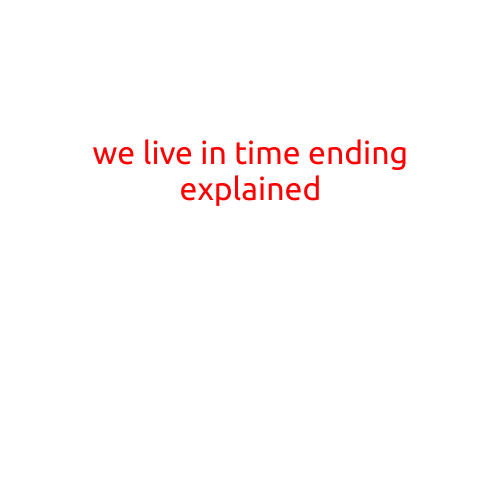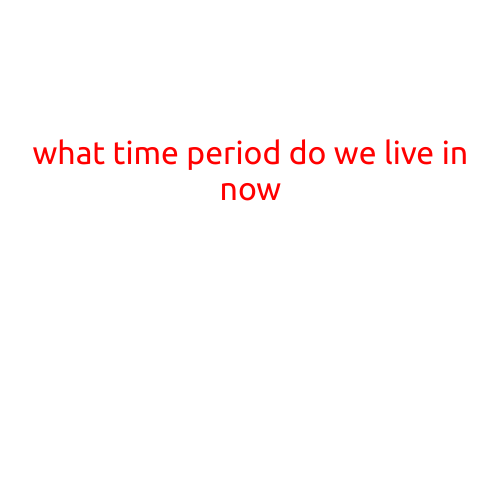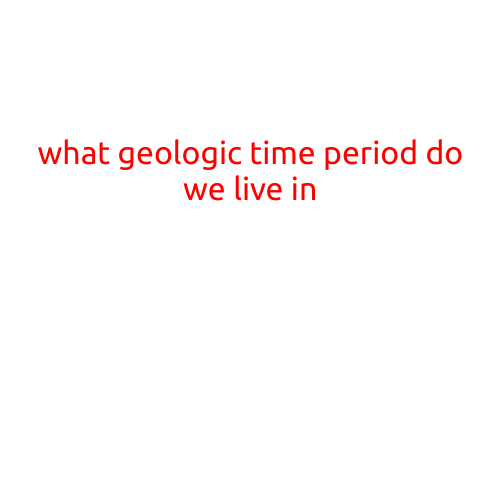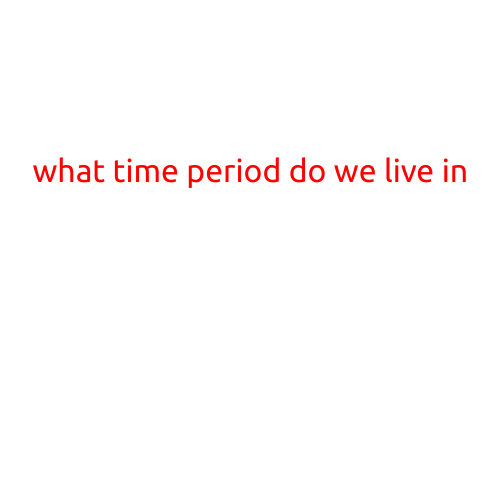
We Live in Time: Ending Explained
If you’ve binge-watched the thought-provoking Netflix series “We Live in Time” and are left with more questions than answers, you’re not alone. The show’s mind-bending narrative and complex themes have left audiences scratching their heads, yearning for a deeper understanding of its enigmatic ending.
SPOILER ALERT: If you haven’t watched the entire series, proceed with caution.
For the uninitiated, “We Live in Time” is a psychological thriller that revolves around a mysterious phenomenon known as “The Splice,” where multiple timelines converge, creating a multitude of parallel universes. Our protagonist, Jun, a brilliant and introverted physicist, becomes entangled in this multiverse, gradually unraveling the mysteries of time and space.
As the series unfolds, we witness a series of jarring events, from Jun’s encounters with alternate versions of himself to his attempts to prevent catastrophic events from unfolding. The storyline can be overwhelming at times, but the show’s climax, which explores the very fabric of reality, is nothing short of breathtaking.
The Timeline Conundrum
At its core, “We Live in Time” is a show about the consequences of time travel and the butterfly effect. The Splice has created a delicate balance between the different timelines, and any disruption has the potential to alter the course of events in unforeseen ways. As Jun navigates the complexities of his situation, he begins to realize that every decision he makes has far-reaching implications across various realities.
The Ending: What Happened?
The series concludes with Jun standing at the edge of a seemingly infinite expanse, surrounded by an endlessly repeating visual representation of the multiverse. It’s here that the show’s abstract themes become even more obtuse, leaving viewers to ponder the meaning behind the haunting imagery.
In the final moments, we see Jun make a choice that appears to sever the connection between the timelines, effectively erasing the Splice and all its attendant consequences. However, the ending is intentionally ambiguous, leaving the audience questioning whether Jun’s actions have truly restored balance to the multiverse or merely created a new reality, riddled with its own set of paradoxes.
Theories and Interpretations
Fans of the show have been debating the meaning behind the ending, proposing various theories to explain the events that transpired. Some believe that Jun’s actions have indeed restored order to the multiverse, while others argue that the show’s ambiguous conclusion is deliberately designed to leave the viewer wondering.
One theory suggests that Jun’s decision to sever the timelines has created a new reality, effectively resetting the narrative. This interpretation is supported by the show’s exploration of the concept of “ Primordial Causality,” which proposes that every event in the multiverse is connected and that even the smallest alteration can have immense consequences.
The Future of ‘We Live in Time’
As the show’s creators remain tight-lipped about the future of “We Live in Time,” fans are left to ponder the possibilities. While a second season has not been officially confirmed, the show’s creators have expressed interest in exploring the concept of parallel universes further.
In the meantime, fans are left to unravel the complexities of the show’s narrative, grappling with the implications of the Splice and the multiverse. As we await any potential developments, one thing is certain – “We Live in Time” has left an indelible mark on the sci-fi landscape, inspiring a new wave of thought-provoking discussions about the nature of reality and the consequences of playing with the fabric of time.
Join the Conversation: Share Your Theories and Interpretations
What do you think happened in the ending of “We Live in Time”? Do you believe Jun restored balance to the multiverse, or did he create a new reality? Share your theories and interpretations in the comments below, and join the ongoing discussion about this thought-provoking series.





